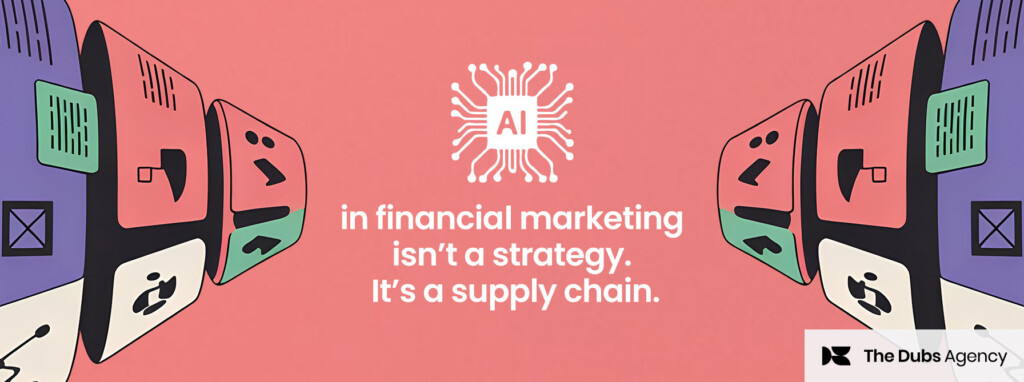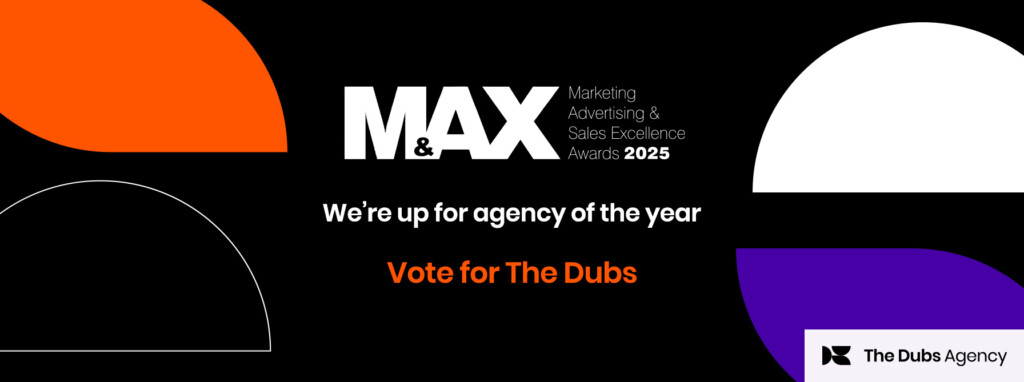Video is now a staple in financial marketing. But for global firms, it still comes with familiar headaches. How do you scale content for multilingual audiences? How do you convince time-poor executives – the CEO, CIO or fund manager – to appear on camera regularly?
Traditionally, firms have relied on subtitled videos or regional spokespeople. But that approach has clear downsides: subtitles reduce impact, and different presenters dilute the authority of the original speaker. Enter AI avatars and voice cloning – tools that allow asset managers and banks to replicate a real executive’s image and voice in multiple languages, without requiring extra filming time.
The implications for regional engagement, speed and cost-efficiency are significant – and early adopters in UK and European finance are already exploring the potential.
The language barrier in financial marketing
It’s no secret that multilingual communication is essential in global asset management. Yet creating high-quality video in several languages has long been expensive and logistically complex. Each new version meant studio time, re-recordings and executive availability – resources that are scarce in any financial firm.
As a result, videos are typically released in English, with subtitles added for international markets. But the data shows this is far from ideal. According to CSA Research, 72% of consumers spend most or all of their time on websites in their own language, and 76% are more likely to engage with content that speaks directly to them. This applies just as much to institutional investors and intermediaries as it does to retail consumers.
In finance, where clarity and credibility are crucial, relying on subtitles can undercut the emotional weight of the message. A CIO’s macro outlook or a fund manager’s strategy pitch is far more compelling in a viewer’s native language – delivered by the actual person, not a dubbed-over substitute.
AI Joshua Frith – Managing Director – The Dubs Agency
How AI avatars close the gap
AI avatars offer a new solution. Using just one original recording, AI tools can now generate lifelike video of the same speaker delivering the same message – but in different languages, using synthesised versions of their own voice.
This means that a one-off video from your CEO can be instantly localised for markets in Germany, Spain or Japan – all without a single extra shoot. The voice maintains tone and emotion, and the on-screen avatar mirrors lip-sync and facial expressions to match.
Joshua Xu, co-founder of AI video platform HeyGen, calls it a game-changer for cost and speed:
“ Gone are the days of spending $5–10K and waiting weeks to localise a single video ”
“ Gone are the days of spending $5–10K and waiting weeks to localise a single video ”
He estimates firms can now generate translated versions in minutes, for as little as $500 per video, reducing turnaround time by over 90%.
“ We’ve seen companies go from taking three weeks to localise a video to doing it in a day – and doing it for a fraction of the cost”
“ We’ve seen companies go from taking three weeks to localise a video to doing it in a day – and doing it for a fraction of the cost”
The strategic advantage of multilingual video
The real value of this tech lies in engagement and scale. A fund manager can now explain their latest strategy in native German, French or Japanese – without actually speaking those languages. The emotional nuance, the personal delivery, and the clarity of message are preserved, but suddenly accessible to every client.
A study by Wyzowl found that captioned videos generate 12% more views, while native-language narration drives even higher retention and engagement. And with regional investors increasingly expecting tailored content, firms that produce truly localised video messaging are likely to gain both attention and trust.
We’re already seeing movement. Bloomberg, for instance, has partnered with London-based startup Papercup to publish up to 10 AI-translated Spanish-language videos per day, enabling the brand to expand its reach without overhauling its editorial workflow. Their CEO described the shift as an opportunity to connect in a way that “doesn’t feel like an outsider assuming the audience speaks English.”
Early signals from the industry
Some large financial institutions are laying the groundwork. At Schroders, Michelle Han, Global Head of Growth and Marketing, has spoken publicly about automating content translation to scale communications more effectively. While her remarks focus on written content, it reflects a broader strategy of applying AI to unlock speed and scale in investor engagement.
Other major players, including Amundi and BNP Paribas Asset Management, have all made digital innovation a core part of their marketing strategies. While most remain tight-lipped on AI avatar adoption, the pieces are in place: high video output, global client bases, and growing interest in personalisation.
A word on risk and compliance
Of course, financial institutions must approach AI video carefully. Authenticity and compliance are paramount – a mistranslated message or uncanny AI delivery could undermine hard-won client trust.
The current best practice is to keep humans in the loop – whether that’s editors vetting scripts, compliance teams signing off on voice cloning use, or translators reviewing AI-generated voiceovers.
AI tools, when used responsibly, should augment human efforts, not replace them. As Xu from HeyGen puts it:
“ The technology is there to help marketers do more with less – not to replace your experts, but to let their expertise scale”
“ The technology is there to help marketers do more with less – not to replace your experts, but to let their expertise scale”
Conclusion: From time-poor to time-efficient
For marketing teams in finance, AI avatars offer a unique opportunity: the ability to amplify your most credible voices – CEO, CIO, fund manager – across geographies and languages, without tying up their calendars.
Instead of choosing between English-only content or expensive reshoots, you can now create scalable, high-impact, native-language video that meets clients where they are – linguistically and emotionally.
In an industry built on trust, clarity and credibility, firms that speak their clients’ language – literally – will be the ones to lead the conversation.








